PESTS AND DISEASES OF FORESTRY IN NEW ZEALAND
Gypsy moth surveillance in New Zealand
From SURVEILLANCE 38 (2) 2011.
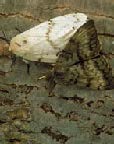


Lymantria dispar, commonly known as the gypsy moth (Figure 1) is one of the most destructive pests of shade, fruit, and ornamental trees throughout the northern hemisphere, and has been nominated as among the world’s worst invasive alien species by the Invasive Species Specialist Group (Global Invasive Species Database, 2011).
Although gypsy moth is the most common species of Lymantria there are currently 10 species listed as regulated organisms for New Zealand. Gypsy moth is native to southern Europe, northern Africa, central and southern Asia, and Japan. The European strain has been introduced to North America, where it has defoliated over 400 000 hectares of forest each year. Because of this, every year more than 100 000 pheromone traps are placed in uninfested areas of the United States and Canada to help detect new infestations, as the species continues to extend its range (Figure 2).
The climate over much of New Zealand is suitable for gypsy moth, so significant numbers of plantation forestry, fruit and ornamental tree species would be impacted if the pest were to become introduced. The impact on New Zealand’s economy could be more than $100 million a year.
The Gypsy Moth Surveillance Programme was initiated in 1992 to provide assurance of New Zealand’s freedom from gypsy moth, and as an early warning of gypsy moth incursions to facilitate successful eradication. Trade between New Zealand and countries with populations of gypsy moth provides a persistent entry pathway for gypsy moth.
The main risk consists of egg masses on sea containers, vessels, imported cars and other freight from countries where gypsy moth is present (Figures 3, 4, and 5). Currently most of these risk goods are examined before or at the border. For example, used cars are inspected either in the country of origin or in New Zealand and decontaminated as required, and six-sided inspections are carried out on containers from countries considered a high risk, and containers are fumigated whenever egg masses are found.

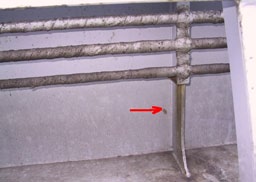
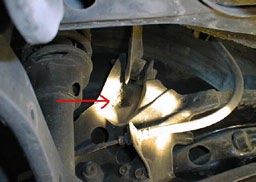
The Gypsy Moth Surveillance Programme has been improved over the years, and was upgraded in 2005 after review and consultation. The upgraded programme involves placing pheromone traps on preferred host trees (Figure 6) in a 750 m2 grid pattern around high-risk pathways such as ports and Transitional Facilities all over New Zealand.
Currently more than 1500 traps are deployed nationwide from the beginning of November until the end of April each year. AsureQuality Ltd services the traps to check for suspect moths and change the pheromone lures at regular intervals. Any suspected gypsy moths are sent to the Scion Research Laboratory for identification. If a gypsy moth is found, MAF is notified immediately and an investigation and response process swings into action.
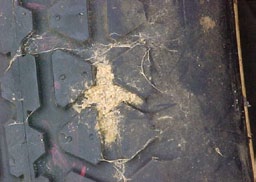
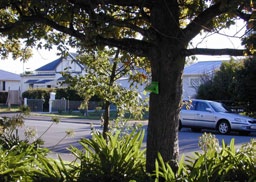
Since 2005, large numbers of moths have been trapped but no gypsy moths have been found among them. The efficacy of the programme is checked by evaluating trapping procedures and independent testing to ensure the efficacy of the pheromone lures.
The patterns and risk posed by gypsy moth to New Zealand are continually evaluated by risk analysis carried out by the Ministry of Agriculture and Forestry (MAF) and by analysing data on overseas trends and gypsy moth interceptions at the border.
References
Global Invasive Species Database (2011) http://www.issg.org/database/ species/ecology.asp?si=96&fr=1&sts=sss. Accessed 4 May 2011.
Rory MacLellan
Senior Advisor (Plants)
Biosecurity Surveillance Group, Readiness and Response Directorate, Investigation, Readiness and Response Ministry of Agriculture and Forestry

 Farm Forestry New Zealand
Farm Forestry New Zealand

